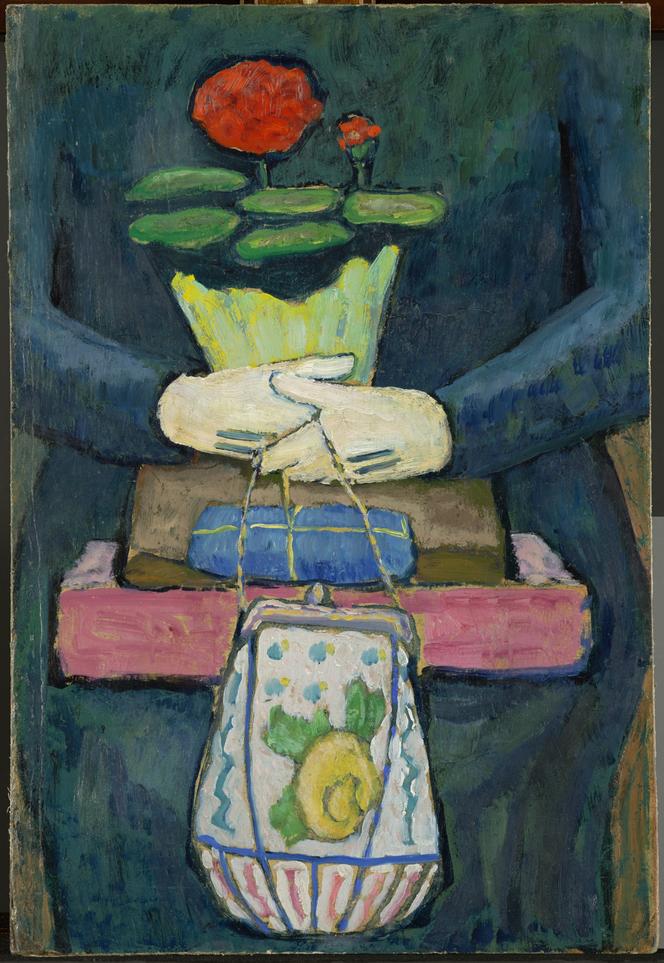


Recently, there has been a welcome change: a growing effort to shed light on artists overlooked by art history, often because they were women or, worse still, the "mere" wives of male artists. Until not so long ago, when German artist Gabriele Münter (1877-1962) was mentioned, it was less for her own work – which was largely ignored – or for her commitment as co-founder of Der Blaue Reiter (The Blue Rider) movement in Munich that began in 1911. Rather, Münter was only evoked because, during that period, she was both the student and the partner of another co-founder: Vassily Kandinsky (1866-1944), the formidable theorist and talented painter widely seen as a pioneer − if not the inventor − of abstract art.
The Musée d'art moderne de Paris is presenting Münter's first retrospective in France and, simply put, it is a revelation. After entering – and being greeted, almost inevitably, by the 1905 portrait of her by Kandinsky – the exhibition begins not with paintings as one might expect, but with photographs. Münter took these during her travels, both in the United States (1898-1900) where she had family, and in 1905 with Kandinsky in Tunisia. The museum displays a selection from the hundreds of black-and-white shots of the budding photographer. Having bought her first camera, a Kodak Bull's-Eye, upon arriving in Abilene, Texas in 1898, teaching herself as she went along, Münter would later reveal herself to be exceptionally gifted at framing and at composition. This newly discovered talent would become fundamental to her artistic work and would infuse her entire career.
You have 70.14% of this article left to read. The rest is for subscribers only.
